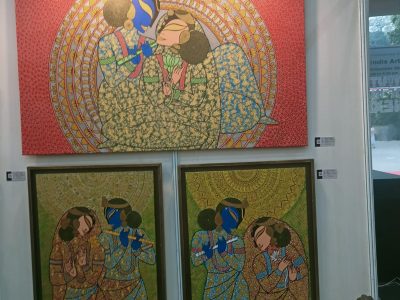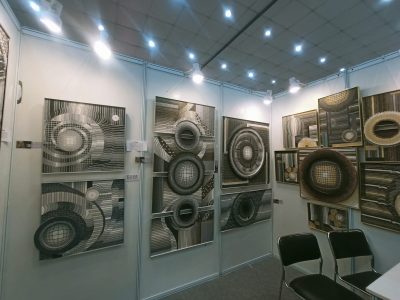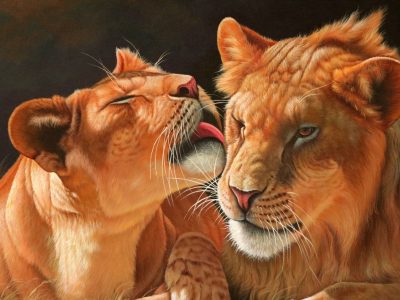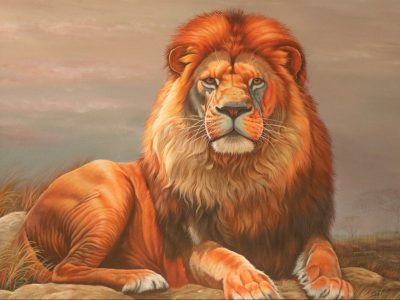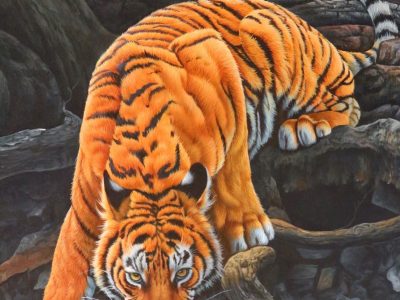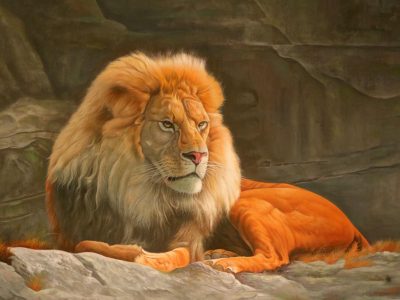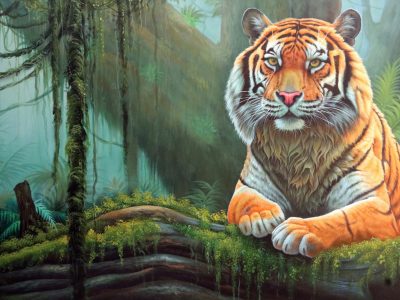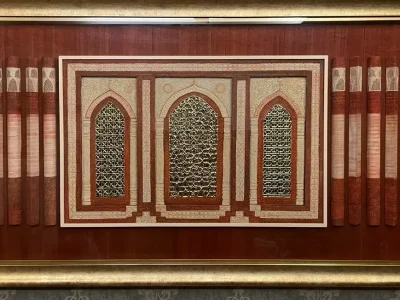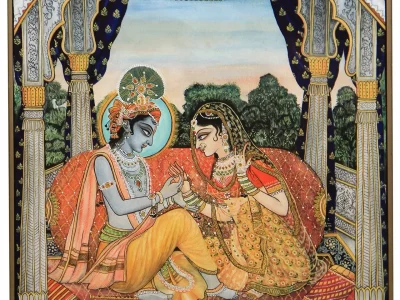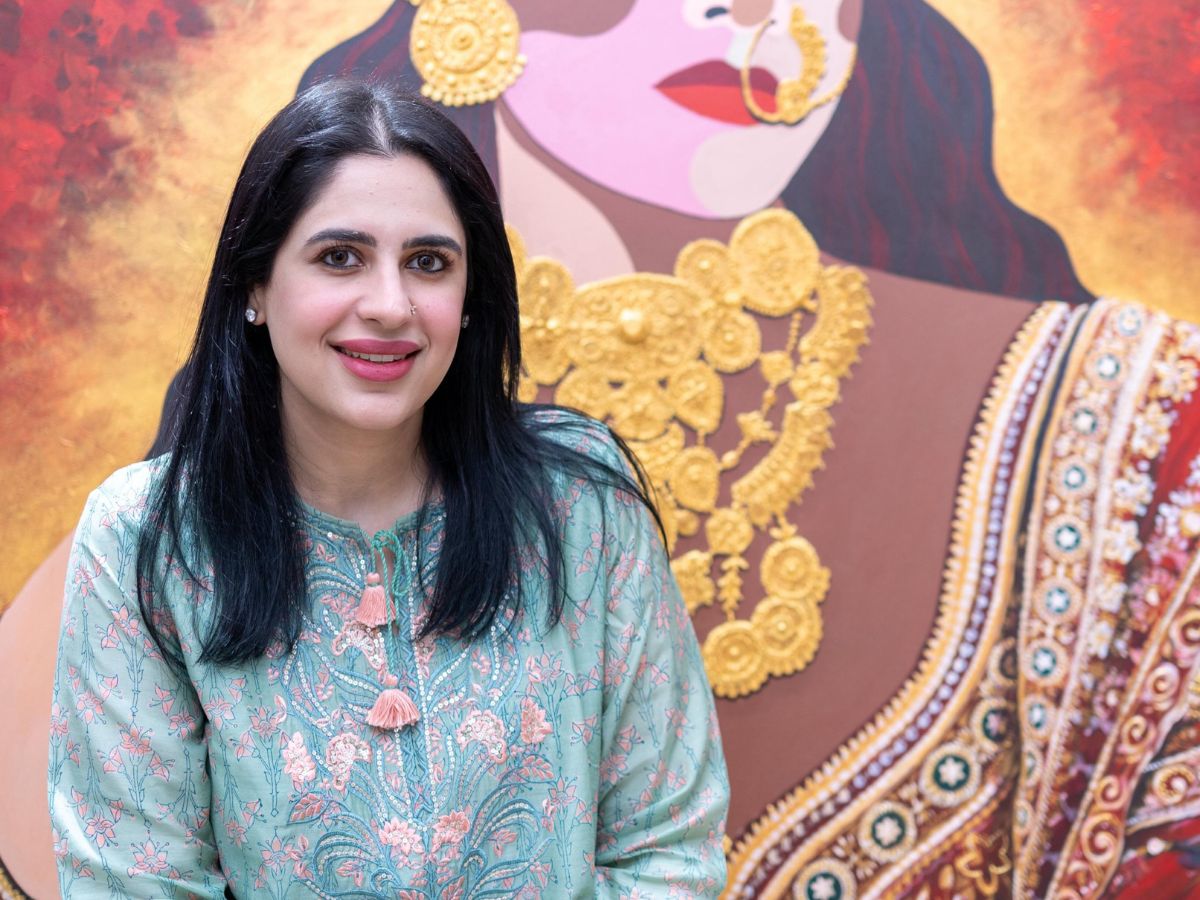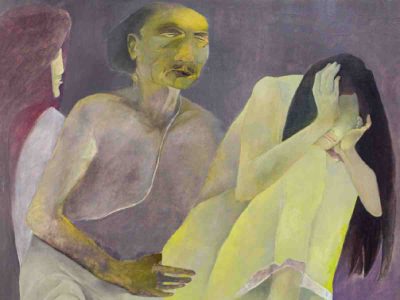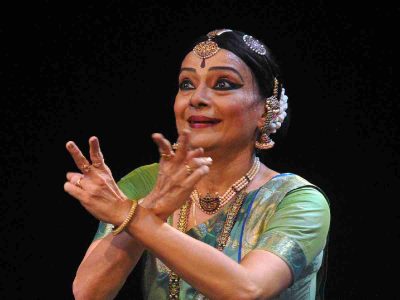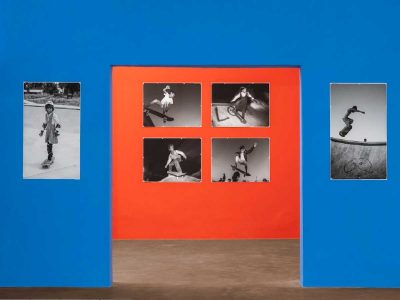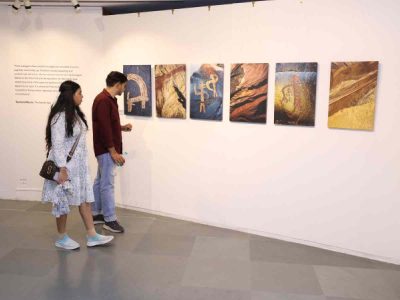The Constitution Club of India, at Rafi Marg in the heart of Delhi, was transformed into a hub of artistic brilliance as it came alive with creativity and vibrancy as the much-awaited India Art Festival made its grand return. This year’s edition of the festival played host to 400 artists, displaying 3,500 art-works across 100 booths.
Attendees were treated to a diverse array of fusion shows, live music performances, enthralling live painting demonstrations, and captivating film screenings.
Established in 2011, the India Art Festival has evolved into a premier contemporary art fair in India, providing a platform for emerging and mid-career artists as well as mid-level art galleries.
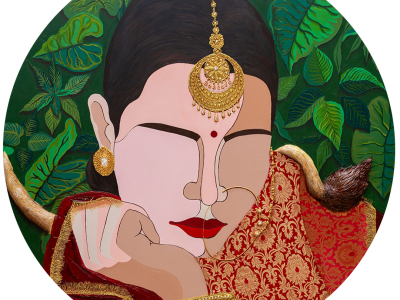
The eighth edition of the festival, which commenced on November 3 and concluded on November 5, celebrated India’s rich cultural heritage through a wide spectrum of artistic expressions.
The exhibition featured a variety of art forms, from traditional Madhubani paintings to modern interpretations of Tanjore art, showcasing the harmonious blend of tradition and modernity in Indian art.
Artists participating in the festival explored various themes, with many presenting their works for the first time, emphasising the importance of preserving and promoting Indian artistic culture.
Some artists used their creative endeavours to shed light on pressing social issues, adding depth and meaning to their art-works.
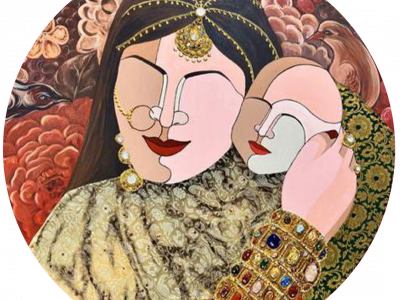
In addition to the visual delights, the festival resonated with melodious music representing India’s rich folk and traditional musical heritage. Renowned artists such as Satish Vyas, Ramkumar Mishra, and Shashi Vyas graced the event, enhancing the overall cultural experience for attendees.
One of the standout exhibits was Pavani Nagpal’s ‘Devi’ series, where she drew inspiration from the strength and complexity of women.
Pavani Nagpal shared her artistic inspiration and told Patriot, “Women all around the world are my inspiration. Women are the most complex creatures in the world,” she added, emphasising the depth of her creative motivation.
Nagpal expressed her deep respect for her grandmother and mother, stating, “I pay tribute to my Dadi and Nani through my art-work.”
Speaking about her series, Nagpal explained, “The art-work Devi, representing the nine avatars of Goddess Durga, aims to ensure women’s empowerment and highlights the imperative need to empower women and recognise their standing in society.”
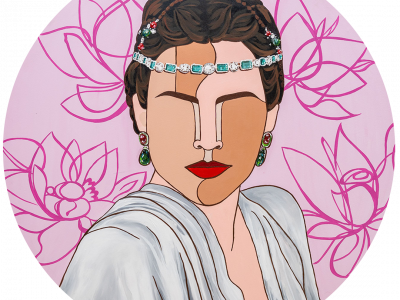
“Every Devi that I have created has a message to convey, like embracing the brown skin colour that we have. Kali Maa is a goddess, and her form is Kali. We pray to her; if we can pray to her, then why can’t women in society with brown or not-so-fair skin be acceptable? Why should women be judged solely for their appearance and marriage prospects? My series Devi is about empowerment; if these goddesses can empower themselves, then why can’t we? We must empower ourselves and learn from these goddesses.”
Delhi-based artist Seema Sethi showcased her contemporary Tanjore-style techniques, capturing the intricate details of historical monuments. Sethi’s work was a tribute to India’s rich and diverse cultural heritage, honouring the artisans who have preserved this legacy for generations.
Prateek Kushwaha, a young artist from Maharashtra, channelled his love for nature and wildlife into his creations, inspired by his experiences working with the Forest Ministry of Maharashtra.
Kushwaha described his creative process, sharing, “I use aqua colours on canvas, creating raw sketches and compositions that allow me to express my thoughts and emotions through my art.”
Here are some of the visuals:
